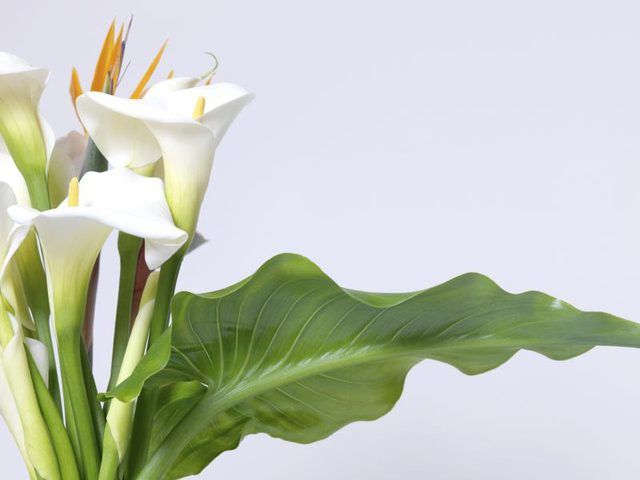Bulbs
Flower Basics
Flower Beds & Specialty Gardens
Flower Garden
Garden Furniture
Garden Gnomes
Garden Seeds
Garden Sheds
Garden Statues
Garden Tools & Supplies
Gardening Basics
Green & Organic
Groundcovers & Vines
Growing Annuals
Growing Basil
Growing Beans
Growing Berries
Growing Blueberries
Growing Cactus
Growing Corn
Growing Cotton
Growing Edibles
Growing Flowers
Growing Garlic
Growing Grapes
Growing Grass
Growing Herbs
Growing Jasmine
Growing Mint
Growing Mushrooms
Orchids
Growing Peanuts
Growing Perennials
Growing Plants
Growing Rosemary
Growing Roses
Growing Strawberries
Growing Sunflowers
Growing Thyme
Growing Tomatoes
Growing Tulips
Growing Vegetables
Herb Basics
Herb Garden
Indoor Growing
Landscaping Basics
Landscaping Patios
Landscaping Plants
Landscaping Shrubs
Landscaping Trees
Landscaping Walks & Pathways
Lawn Basics
Lawn Maintenance
Lawn Mowers
Lawn Ornaments
Lawn Planting
Lawn Tools
Outdoor Growing
Overall Landscape Planning
Pests, Weeds & Problems
Plant Basics
Rock Garden
Rose Garden
Shrubs
Soil
Specialty Gardens
Trees
Vegetable Garden
Yard Maintenance
How to Care for Calla Lilies
How to Care for Calla Lilies. Calla lilies (Zantedeschia spp.) are not true lilies, but members of the Araceae family. These perennial garden favorites are native to South Africa, and thrive in U.S. Department of Agriculture plant hardiness zones 8 through 10. They can be planted in water gardens, near pools and ponds, or in flowerbeds, though...

Calla lilies (Zantedeschia spp.) are not true lilies, but members of the Araceae family. These perennial garden favorites are native to South Africa, and thrive in U.S. Department of Agriculture plant hardiness zones 8 through 10. They can be planted in water gardens, near pools and ponds, or in flowerbeds, though they are also grown as houseplants. Calla lilies and miniature calla lilies require the same care. All parts of calla lilies produce a toxin called oxalic acid that causes swelling and burning in the mouth and throat if ingested. Closely monitor children and pets around these plants.
Fertilizer, Sunlight and Water
Calla lilies do well with an application of controlled-release fertilizer such as 14-14-14 once every three months, or once during the growing season for plants grown as annuals. Begin fertilizing the soil after planting the rhizomes. Apply 1/4 cup per 10 square feet of soil surface for bedding plants, or 2 teaspoons for a 1-gallon potted plant. Work the fertilizer into the top 1/2 to 1 inch of soil, then water.
These plants love water, so make sure the soil stays moist. Provide your calla lilies with about an inch of water each week. Add a 2- to 3-inch layer of mulch around the base of the plant to help maintain the soil moisture, ensuring mulch doesn't touch the plant stems.
Calla lilies prefer full sunlight or light partial shade. Chlorosis, or yellowing of the leaves, can occur if your calla lily does not get enough sunlight. If you live in a hot climate, plant your callas in a spot where they receive afternoon shade to prevent the foliage from scorching or wilting.
Pruning Plants
Calla lilies have minimal pruning requirements. Cut off the spent flowers with small pruning shears to allow new flowers to bloom. Do not remove the leaves, since the plant recharges by soaking up sunlight.
Pruning shears and other gardening tools can spread diseases between plants. Soak your tools for about five minutes in an equal mixture of rubbing alcohol and water before and after use.
Overwintering Rhizomes
You can grow calla lilies outdoors year round if you live in a frost-free climate, but outdoor plants are often treated as annuals in colder zones.
If you live in a climate colder than USDA zone 8, you can replant your rhizomes in the spring. Wait until the fall when the leaves have withered, and then cut the foliage about 2 inches from the top of the soil. Gently dig the rhizomes from the ground. Allow them to dry for a week or two before storing them in a growing medium such as vermiculite or peat moss, leaving the bag or box open for air circulation. Keep them in a cool environment with a temperature between 50 and 60 degrees Fahrenheit.
Rhizome Rot
Calla lilies are susceptible to rhizome rot. The Pectobacterium carotovorum bacterium enters calla lilies through injuries on the rhizomes. The symptoms of infection usually appear on the rhizome or on the base of the leaves. A soft, brownish rot develops at the surface of the soil, and the leaves turn dark green before yellowing and dying. Check the rhizomes thoroughly for signs of infection before planting. Do not plant rhizomes that appear to be unhealthy.
Japanese Beetles
Japanese beetles are slightly over half an inch long, with shiny, metallic green oval-shaped bodies. They devour the leaves, stems and blossoms of calla lilies. Japanese beetles are attracted to other Japanese beetles. Hand-pick the beetles from the leaves and destroy them to prevent them from congregating and feeding.